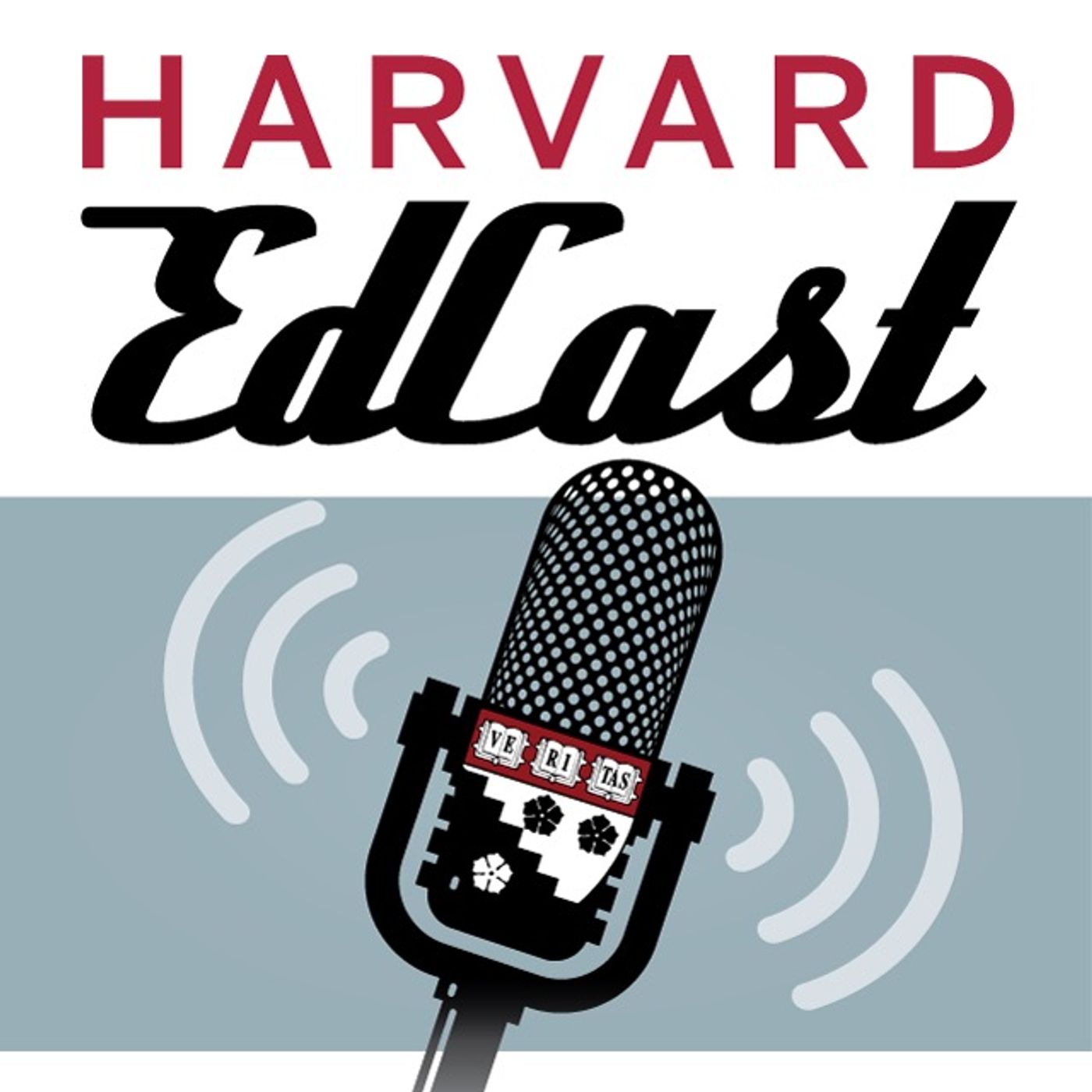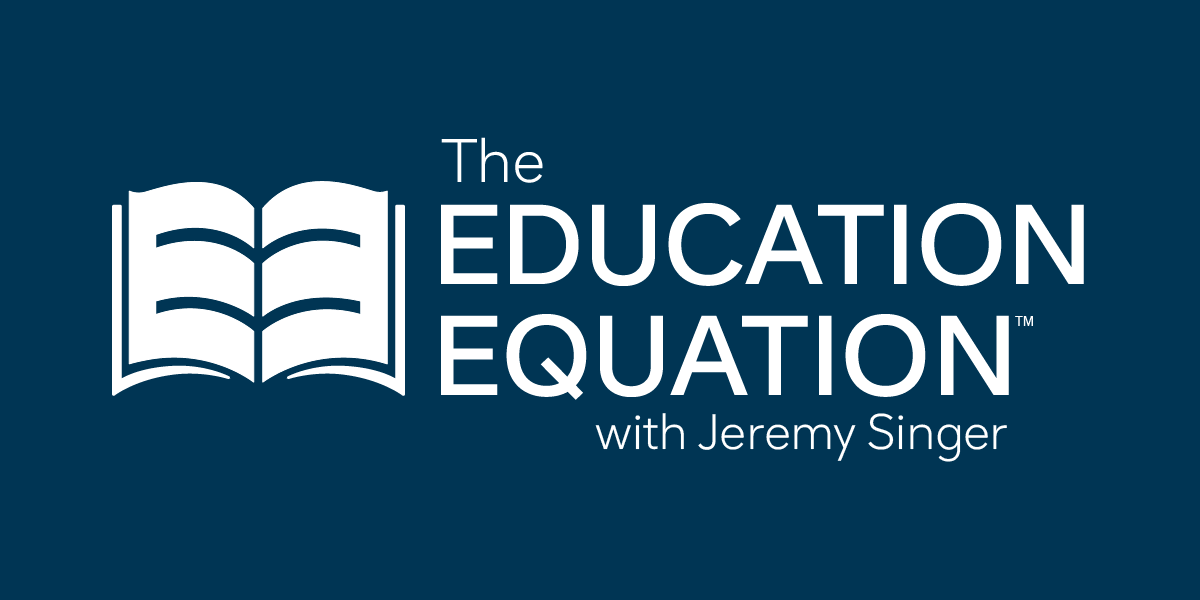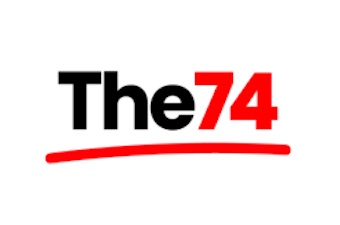In the wake of the pandemic, tutoring has become a central strategy for helping students recover academically but not all tutoring is created equal. Liz Cohen, vice president of policy at 50CAN, has been closely studying the rapid rise of tutoring programs across the country, especially the emergence of high-impact tutoring as the gold standard.
“There’s a funny thing about tutoring is that there’s a lot of flexibility in it,” Cohen says. “So, in some places it might look like other interventions and in other places it might not. But one thing I want to be really clear about just to start with is that high-impact tutoring in particular is not homework help and it is not on demand.” Instead, high impact tutoring is structured, frequent, and aligned to what students are learning in school: at least three sessions a week, 30 minutes or more, in groups of four students or fewer, with the same tutor each time. Research shows that when tutoring is consistent and connected to classroom instruction, students make significantly greater learning gains, especially in early literacy and math.






